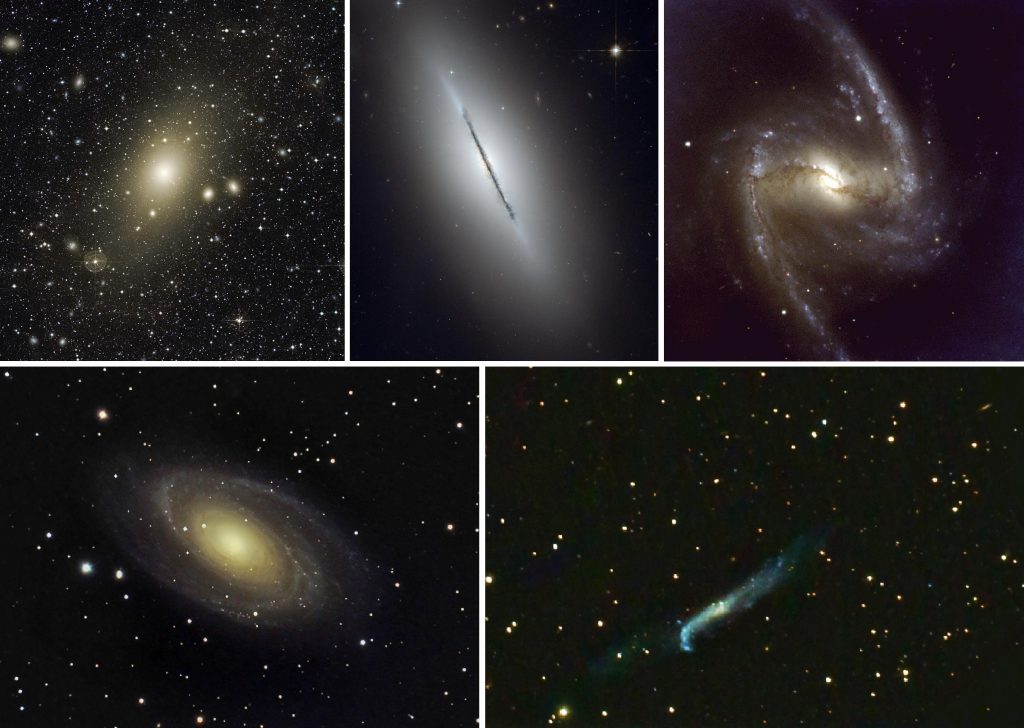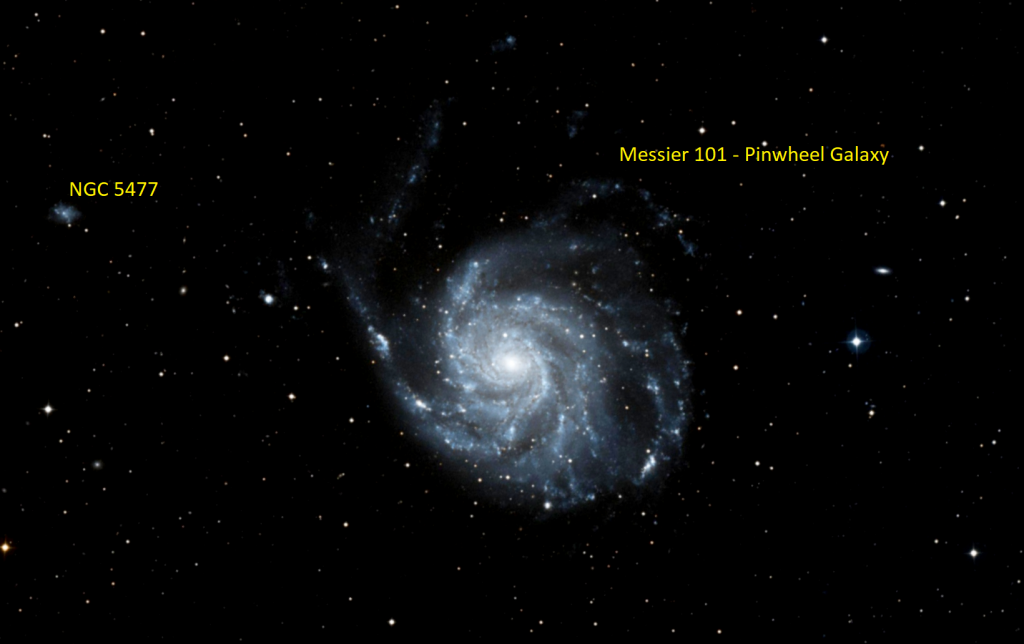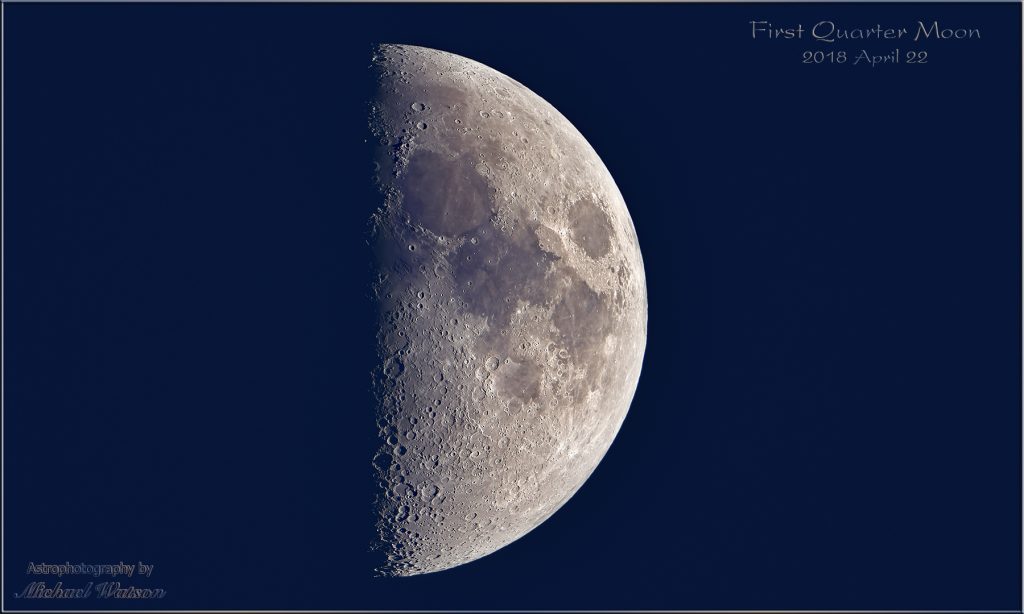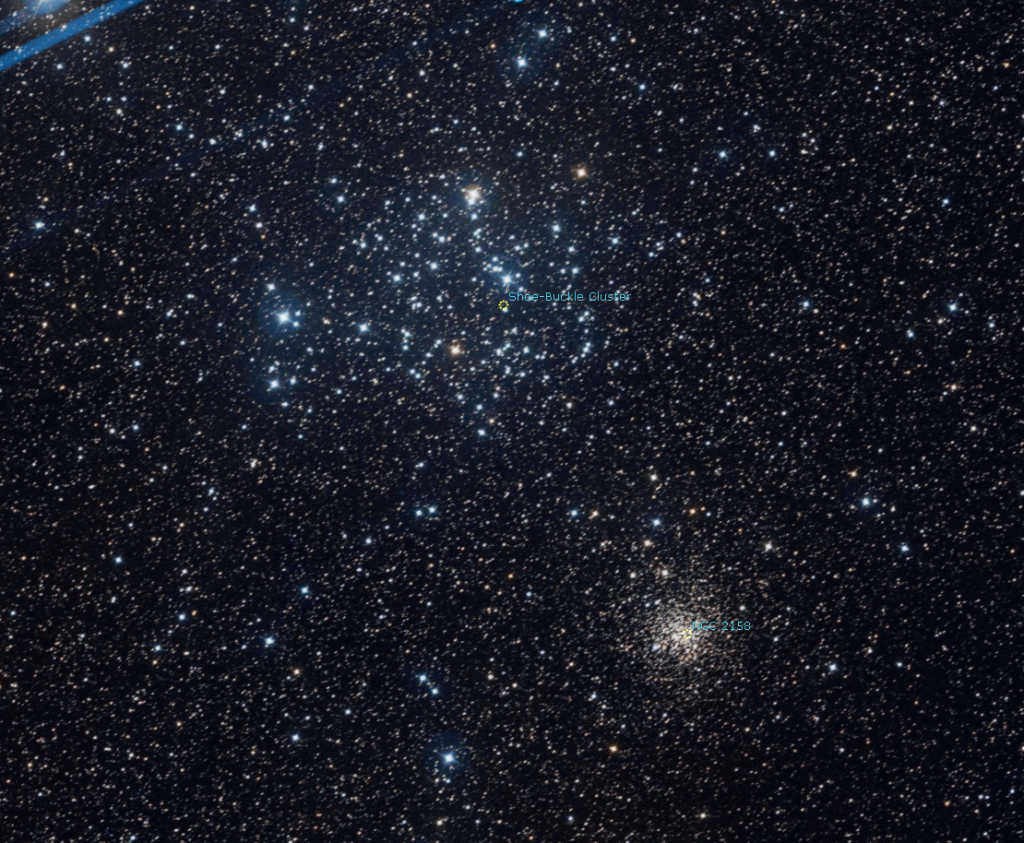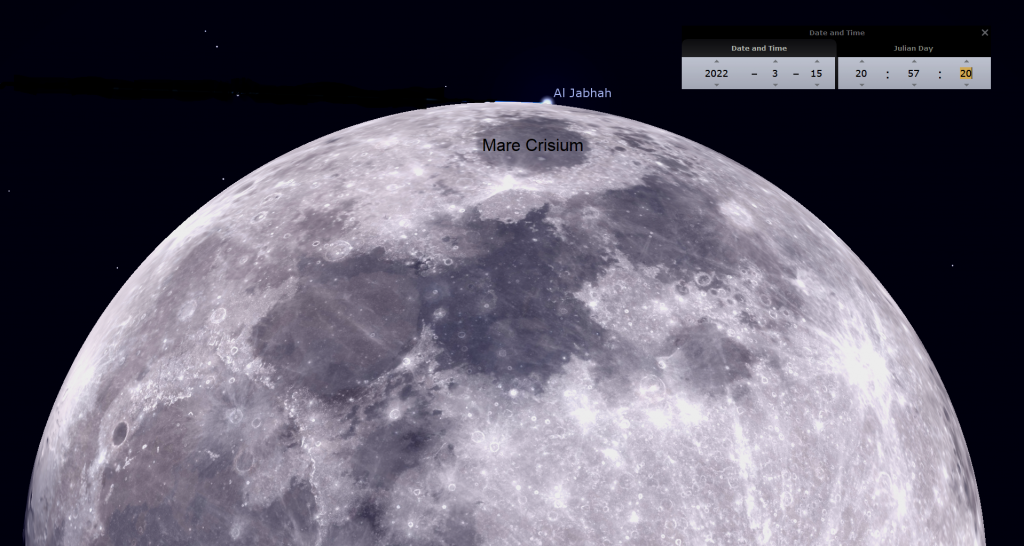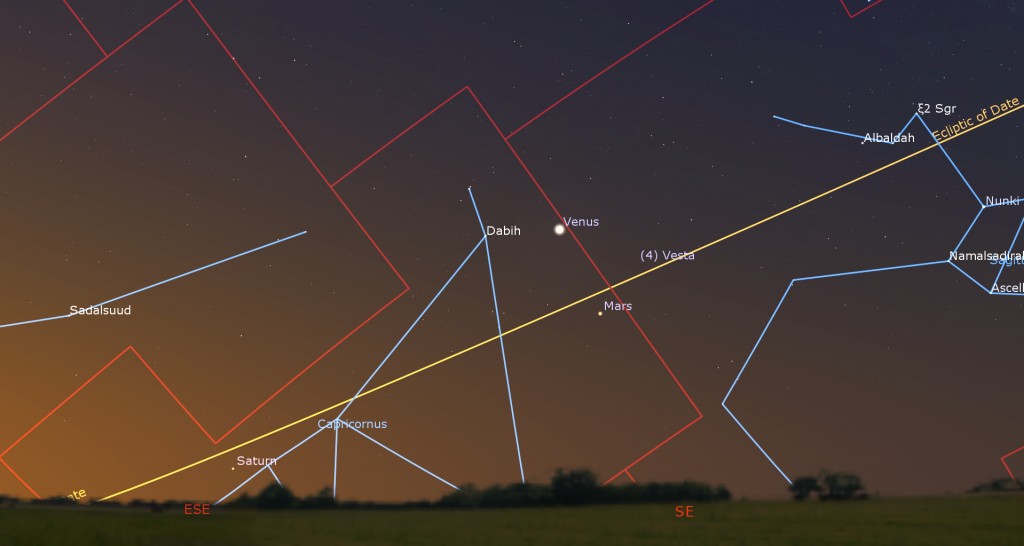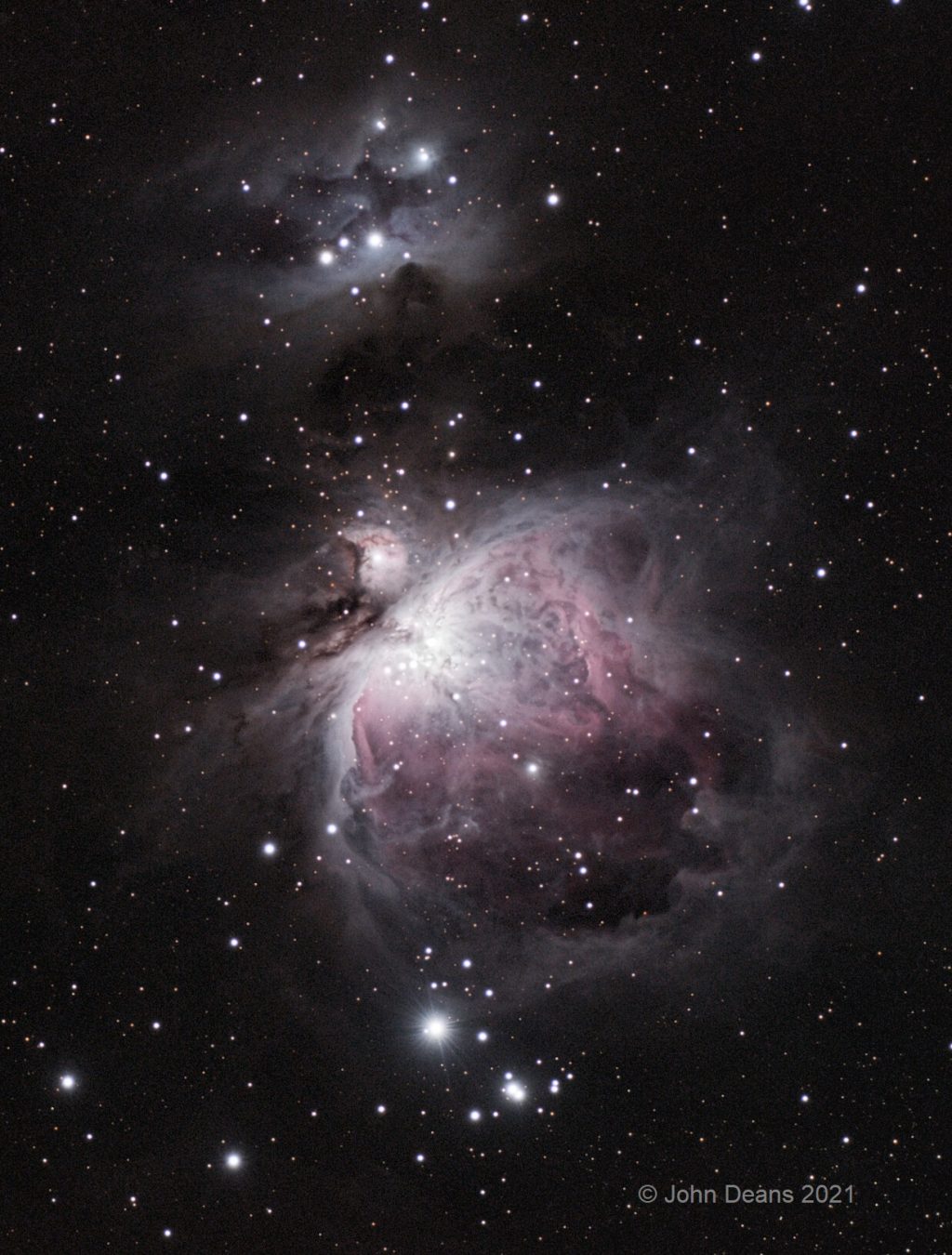Maximum Mercury in Evening, Morning Moon Passes Planets as Venus Kisses King Jupiter, and a Galaxy Facts Blast!
A sampling of galaxy forms. Clockwise from upper left: Messier 87 “Virgo A” (elliptical), Messier 102 “Spindle” (lenticular), NGC 1365 (barred spiral), NGC 4656 “the Crowbar” (irregular), and Messier 81 “Bode’s Nebula” (spiral). All except NGC 1365 are visible on spring evenings from mid-northern latitudes. Hello, late-April Stargazers! Here are your Astronomy Skylights for the…
Read more
